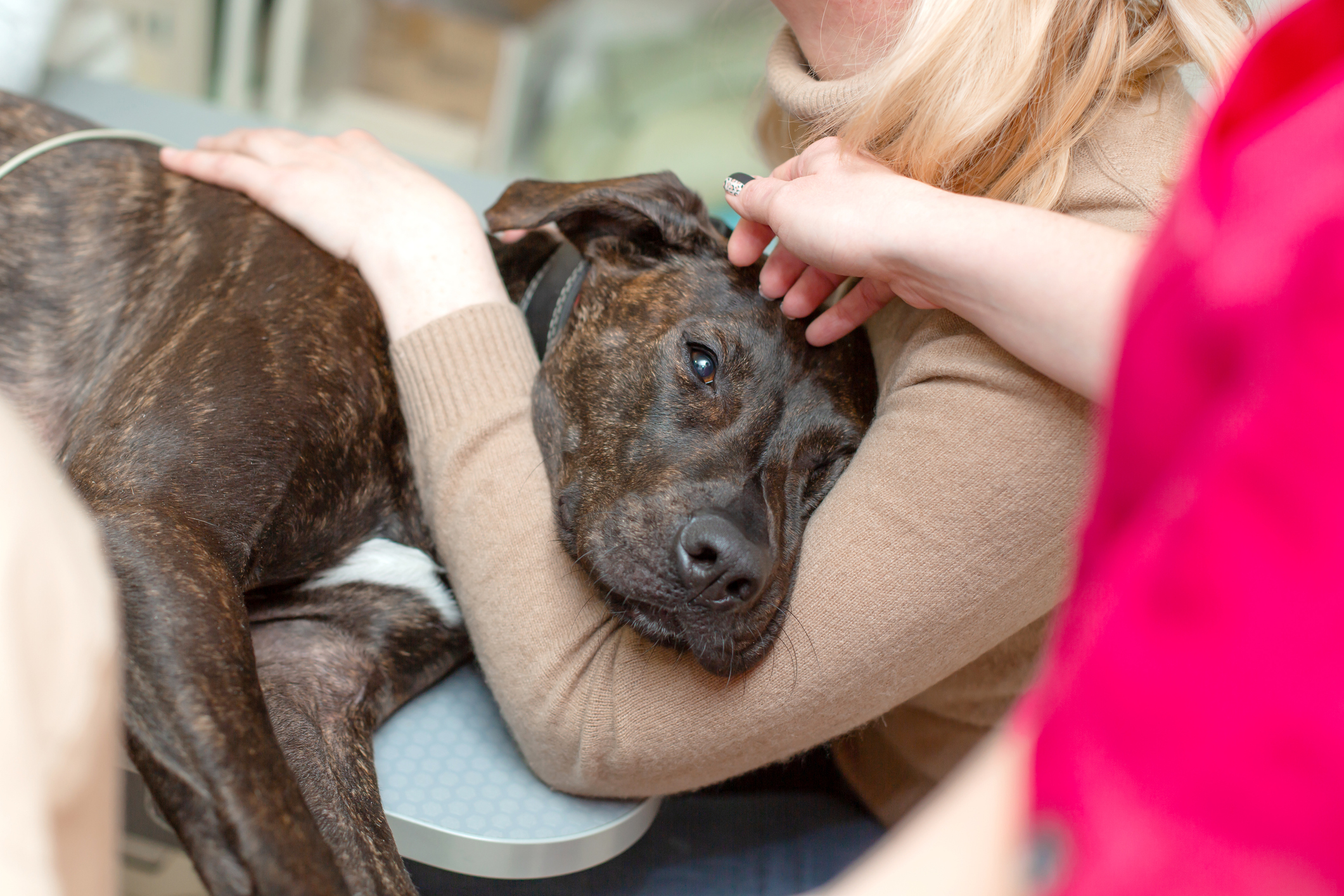
How Are Mast Cell Tumors Different from Other Dog Cancers?
There are many forms of dog cancer, each affecting a particular part of the body, causing different symptoms and requiring a specific form of treatment. One such form of canine cancer is mast cell tumors. Although it is the most common form of skin cancer in dogs, it is one of the least understood by the public because of its variability.
One of the diagnoses dog parents fear the most is cancer. Dog cancer is generally understood to cause a life of hardship and suffering for dogs and is often believed to be a death sentence—but this is not always the case.
What is a mast cell tumor?
A mast cell tumor, also known as mastocytoma, is a mass that’s commonly found on or under the skin in dogs. Like other tumors, the growth is caused by the rapid replication of cells in a dog’s body. What largely differentiates mast cell tumors from other forms of cancer is the type of cells affected: Mast cells.
Mast cells are a type of white blood cell. They can be found in connective tissues like nerves and vessels, particularly within the skin. These cells defend the body against parasites, rebuild damaged tissue and create new blood vessels. They are also involved with allergy and inflammatory responses throughout the body and contain histamine.
In most cases, mast cell tumors present themselves on or just under the skin. Most dogs have a single mass on the skin, but multiple masses may occur.
Unfortunately, another characteristic of this form of cancer is a tumor’s high level of variability from dog to dog. Some tumors may resemble other types of tumors, whether benign or malignant, large or small. Others may appear as innocuous as an insect bite. It’s common for mast cell tumors to grow slowly at first, then grow rapidly in a short amount of time. Sometimes, the tumor may appear to fluctuate in size. The mass may also be red, inflamed or itchy, but they are usually not painful. The many differences in mast cell tumors make them somewhat difficult to identify.
Nearly half of all mast cell tumors are found on the skin of a dog’s trunk, particularly near the anus. Almost half are found on a paw, and a minority are found on the head or neck. Should a mast cell tumor metastasize, it may spread to other parts of the body. The most common areas affected are the lymph nodes, spleen, liver and bone marrow.
Some breeds are more likely to develop mast cell tumors, including Boston Terriers, Boxers, Pugs, and Bulldogs. The true cause of mast cell tumors is unknown. It is believed they have a genetic component, given their commonality in certain breeds, but they may also be influenced by environmental factors, age and more.
Symptoms of mast cell tumors
The main symptom of a mast cell tumor in your dog will be the presence of a lump or bump on or below the skin. Unfortunately, it may be difficult to detect these bumps due to mast cell tumors’ size variability.
In many cases, the presence of a tumor is the only noticeable symptom of cancer. If the disease progresses to a higher stage, though, other, more traditional signs of cancer may become apparent, including vomiting, diarrhea and inappetence.

In addition to these symptoms, mast cell tumors may also cause seemingly unrelated symptoms. Manipulation of a mast cell tumor can cause what is called degranulation, which is the release of granules containing histamine and other chemicals into the blood stream. Large quantities of these chemicals can cause damage to the organs. Complications of degranulation can be life threatening, including stomach ulcers, a drop in blood pressure or shock caused by systemic inflammation.
Thus, mast cell tumors should not be manipulated at home, and you should try to keep your dog from biting or licking it. Degranulation may also occur spontaneously, which results in size changes in the tumor.
Treating mast cell tumors
Mast cell tumors are easily diagnosed using a fine-needle aspirate, where your vet will extract cells from the tumor to examine.
Once a diagnosis is given, your dog’s treatment prognosis will ultimately depend on the grade of the tumor. Low-grade tumors, or ones that have not metastasized and are highly differentiated, are relatively simple to treat. High-grade tumors, or ones that have a higher chance of metastasizing and are poorly differentiated, may be more difficult to treat.
Typically, low-grade mast cell tumors will be removed through surgery. Sometimes, the cancer will have spread to the nearby lymph nodes, in which case the lymph nodes may also need to be removed. Radiation may be necessary for tumors that are difficult to remove completely with surgery.
If the cancer has spread to other parts of the body, your vet may recommend chemotherapy in addition to surgical removal of the primary tumor. However, chemotherapy may not result in long-term recovery.
Using alternative or palliative therapies may help improve your dog’s quality of life during and after treatment. Many pets will develop new tumors after their initial treatment, so close monitoring is crucial to detecting new tumors as early as possible.
Mast cell tumors can be easy to treat, or they can be extremely dangerous. As with all other forms of cancer, however, early detection and fast treatment are likely to improve your pet’s chances of health and happiness.


